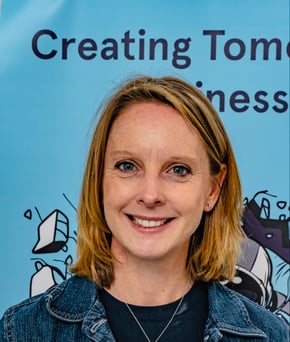There's something exciting about seeing numbers that confirm what you've been seeing in the field. At Propel, we've noticed a trend that's now backed by hard data from a McKinsey Report.
Simply put, companies that really have their act together when it comes to product-led engineering are not just a little ahead—they're leaps and bounds beyond their competition. We're talking about a whopping 60% higher returns to shareholders and a 16% bigger slice of operating margins compared to those trailing behind.
The report zeroes in on a product-led mindset as the secret for achieving exceptional business outcomes and the most engaged customers.
And while it seems obvious that culture and talent management is strongly correlated to innovation, I was surprised to see that tooling was even more so. This isn't just about the platforms that help capture ideas or manage the flow of work; it extends to embracing Generative AI, to accelerate generating code, translating it, creating documentation, and testing it with an efficiency that would have been unimaginable just a few years ago.
Where to Begin?
The research points to a handful of starting blocks:
- Define how your product team works together with clear roles and responsibilities.
- Make sure what they're working on aligns with the big-picture business goals.
- Fund projects based on progress toward outcomes.
- Manage technical debt — make decisions today that you will be thankful for tomorrow.
- Choose tools that nurture a product culture — customer centred, link to vision and strategy, encourage experimentation and learning.
While these are all important, I think there's a bit too much focus on the process and not enough on the destination. At Propel, we see these 5 foundational pillars in place at the most successful product organisations:
- A vision that paints a picture of the change you want to bring into the world.
- A strategy that maps out the journey to that vision.
- A team organization that's all about delivering value.
- Roadmaps tied to outcomes you're aiming for.
- Success metrics that everyone can rally behind.
Begin with a vision that reflects the change your product aims to make in the world over the next 3-5 years and chart a course to realise it. Structure teams around delivering value and construct roadmaps that are outcome-oriented.
It's not just about having a process; that's the easy bit. It's about where you are heading. And remember, if you want people to follow a process, you need to engage them in defining and implementing it.

